

Cybersecurity News You Can Use
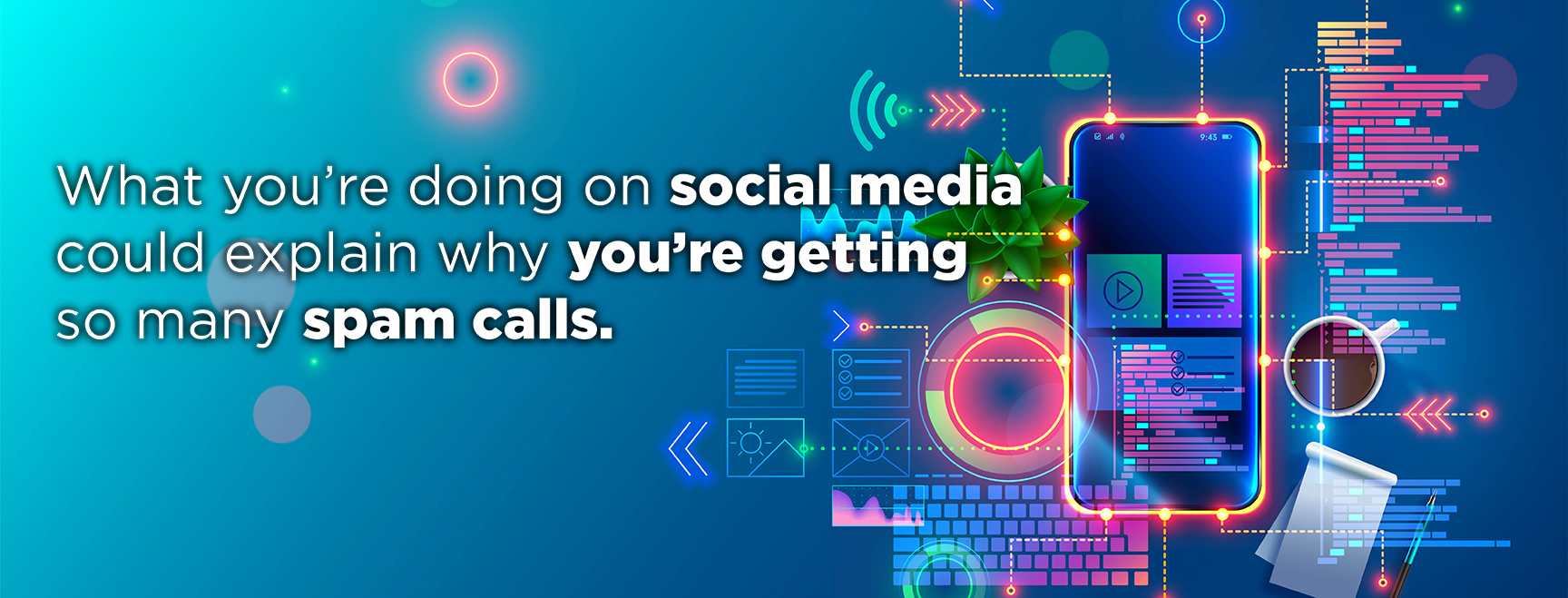
MAKE IT STOP! Robocalls are up 10% during the first half of this year, especially telemarketing calls generated by AI. We’re talking nearly 30 billion calls, in all! And if you’re getting more than your share, it could be because of what you’re doing on your social media feeds.
- If your phone number is visible on your social media profile, even just to “friends,” on your online bio, or a business post, it can be scraped and sold to spam call lists. Check LinkedIn, in particular.
- Oversharing personal details like your job, birthday, or recent purchases helps scammers craft targeted, believable calls.
- Accepting friend requests from strangers can expose your contact info to bad actors posing as real people.
- Engaging with quizzes, or “comment to win” posts can easily link your profile to scam databases.
Four steps to managing the flood of calls:
- Keep your number private. Don’t ever include it in what you post.
- Enable call-blocking features on your phone (such as “Silence Unknown Callers” on iPhone or call-blocking tools on Android).
- Consider subscribing to call-blocking apps like Hiya, Robokiller, or Truecaller or carrier-provided solutions (like AT&T ActiveArmor, Verizon Call Filter).
- And if you get an unidentified call, let it go to voice mail.
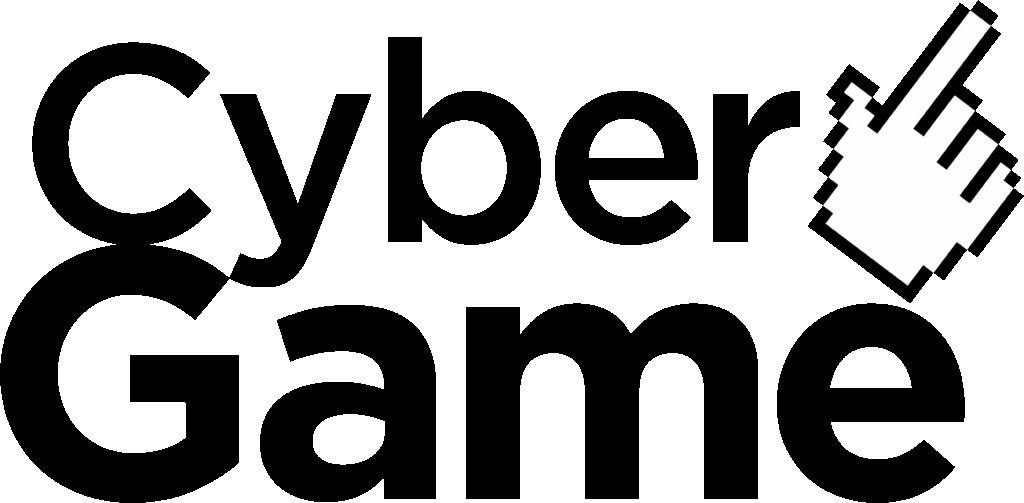

Your goal is to find all the words hidden in the puzzle — including one special word called the Master Knot.
- To make a word, connect letters that touch each other (up, down, sideways, or diagonally). You can either click and drag across the letters or tap them one by one. Tap the last letter again to submit the word.
- Some words will relate to cybersecurity — others won’t. But finding non-theme words fills up your Hint Meter, which will reveal a hidden theme word.
- The game ends when you find all the theme words, including the Master Knot. Every letter in the puzzle will be used — and sometimes, the Master Knot may cross over other words!
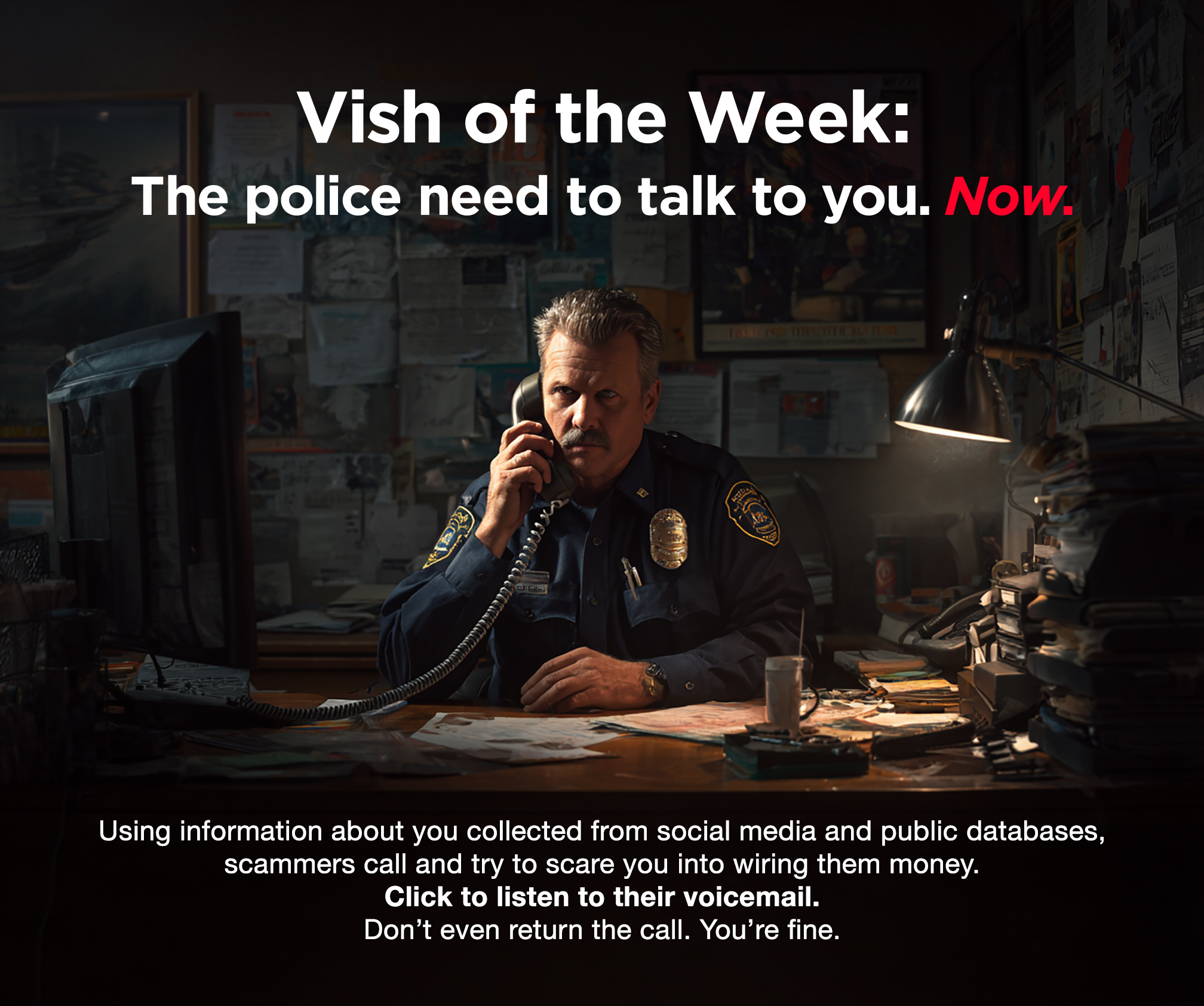
Click here to listen to the actual voicemail.
Update Your Passwords Now
These organizations say they have been hacked recently. If you do business with any of these companies, change your account password and use two-factor authentication wherever possible.
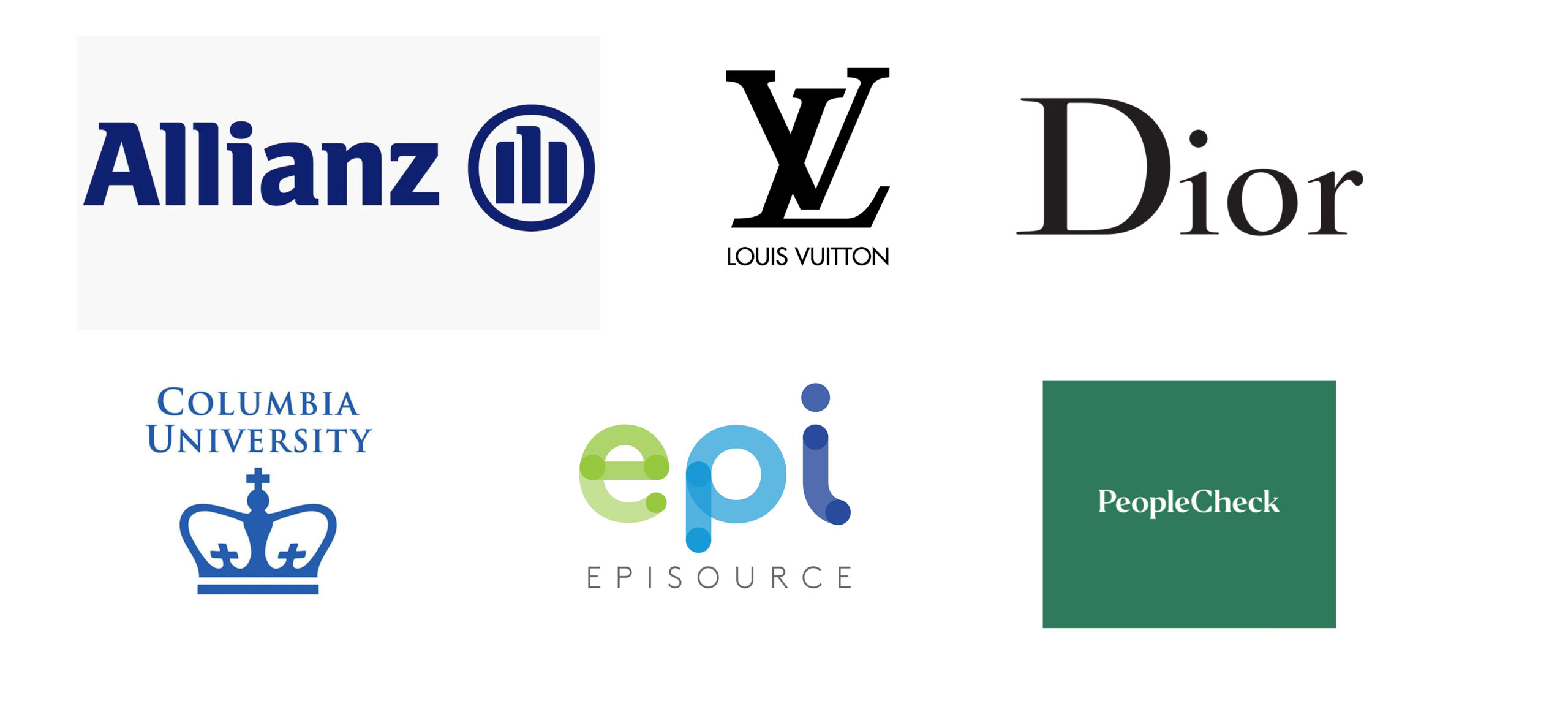
One more thing...
Show this video to your parents.
It’s made entirely using AI by YouTuber Travis Bible and shows beyond a doubt
how technology is blurring the line between what’s real and what’s computer-generated.
Created by Travis Bible at @thetravisbible | Used with permission.
Answers to Your
Cybersecurity Questions

“How can you prevent AI robocalls from recording your voice and then using it to access your bank information?”
Good question: scammers can use AI to clone voices using only a few seconds of audio. That means your voicemail, a quick phone call, or even a video on social media could be used to fool your bank or your loved ones.
Here are five ways to stay safe:
- Use your phone’s default greeting. Even a short “Hi, this is Sam…” can give scammers enough to mimic your voice! On your iPhone or Android phone, go to Settings > Voicemail > Choose default greeting.
- When an unknown number calls, let them talk first. Saying “Hello?” gives them more to work with.
- Think twice before posting videos that include your voice on social media, especially ones with your name or words like “yes” or “no.”
- Pick a code word only trusted contacts know. If someone calls in a panic, ask for it before you do anything.
- And finally, send unknown calls straight to voicemail. If it’s important, they’ll leave a message.

“I signed up for a data removal service but heard that it’s not a great investment. Are data removal services worth it?”
Data removal services say they’ll remove your personal information from people-search sites, but none can wipe you completely. The best ones remove around 60–70% of your data over a few months, while others barely hit 35%. New data broker sites pop up constantly, and your info can reappear even after being removed.
Consumer Reports says EasyOptOuts and Optery had the best success rates. Services like Confidently and ReputationDefender didn’t do as well. Plus, at $8 to $25 a month, they’re not cheap.
Ironically, doing it yourself, submitting opt-out requests manually, is probably faster and more effective, but involves a lot more work on your part. Just know: no service is “set it and forget it.”
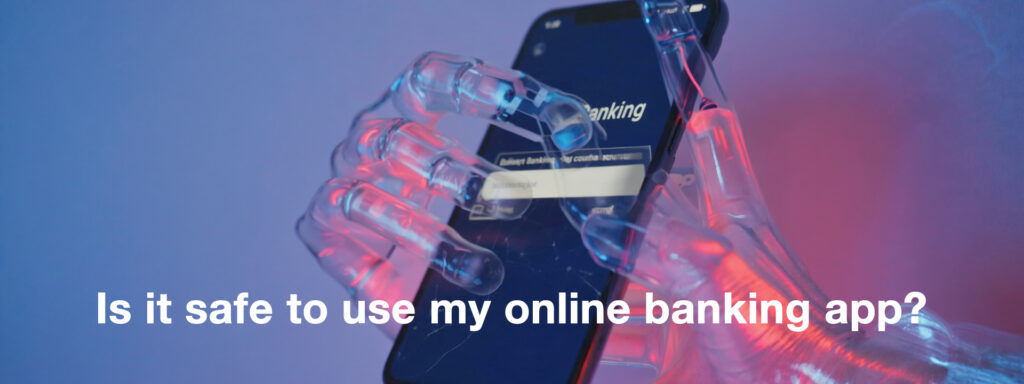
“Would it be better to take the banking apps off my phone and just call the bank daily to check on my accounts?”
No, for most people, keeping the banking app with good security practices is safe and far more practical than relying on calling your bank every day.
But be smart. Use two-factor authentication to log into your bank account. (Most banks require that these days anyway.)
Set up instant alerts so you’re notified by text or email when there’s activity on your account.
And log out of your banking app when you’re done.
One more thing video courtesy of Travis Bible, on YouTube at https://www.youtube.com/channel/UCFqIZjhLR7b2DaBGVIAEQgQ | Original content © 2025 Aware Force LLC
